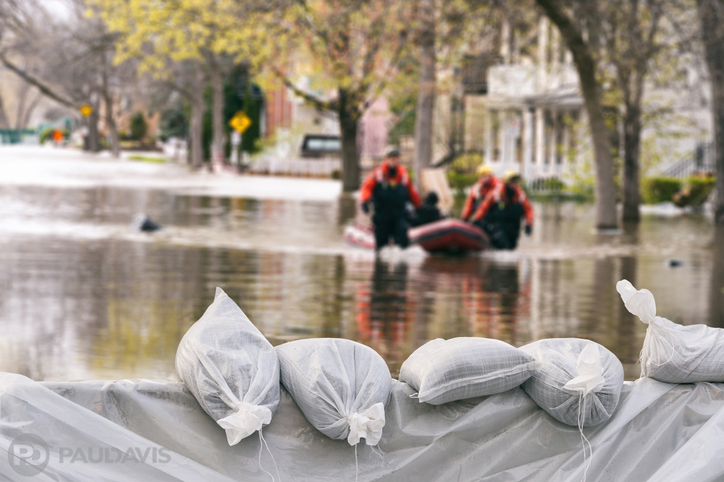
Thousands of residents in Quebec, Ontario and New Brunswick fled their homes after days of extreme flooding this spring. As municipalities and citizens struggle to recover, they confront a threat that many Alberta citizens remember from their own floods in 2013: mould.
Though mould is the most common indoor air contaminant in Canada, residents in recently flooded areas combat more widespread mould-related problems in homes. Without treatment to dry and disinfect wet materials, mould begins growing within 24-48 hours of soaking. It spreads quickly and visibly on many items: wood products, ceiling tiles, cardboard, wallpaper, carpets, drywall, fabric, plants, foods, insulation, and other organic materials. But mould infiltrates unseen areas, too: ductwork, heating, air conditioning and ventilation systems, roofing material, wall sheathing, crawlspaces, the underside of flooring and wall cavities. These hidden pockets of mould can cause problems long after flood waters subside and immediate clean-ups conclude.
Greenish blooms on walls two days after the flood are obvious. Musty smells from vents when heating season begins in September, however, are lingering problems that few homeowners relate to spring flooding. Because mould problems may emerge long after inundation, it’s important to know the ABC’s of staying safe in the continuing aftermath of spring’s devastation:
Assess: Remain alert to signs that mould may be present even months after immediate clean-up measures have been completed:
- High humidity inside structures
- Condensation without explanation (such as a steamy shower)
- Musty or mouldy smells
- Warped wood, buckling floors or peeling paint
- Stained walls or floors – pay particular attention to stains that spread over time
- Newly discolored grout on tiled floors
- New health complaints such as coughs, wheezing and itching.
Be Smart: Non-professionals cannot safely and effectively treat mould from property flooding. Without comprehensive professional measures and testing, mould from this type of flooding returns. Experienced restoration companies like Paul Davis must identify the extent and type of mould infestation, apply targeted treatments that are safe for occupants, dry areas to specific levels and sanitize to completely resolve the infestation.
Connect: Call your insurance company to let them know about the suspected mould from spring flooding. Reach out for further assistance and information:
- The Canadian Red Cross, where visitors can get information on flood recovery and register for assistance.
- The Canadian government and Health Canada, where visitors can find facts about mould and checklists for flood recovery.
Finally, contact Paul Davis for rapid response. Skilled at removing mould and working closely with insurance carriers, Paul Davis responds to calls within 30 minutes around the clock every day of the year and has teams on site within two hours.
